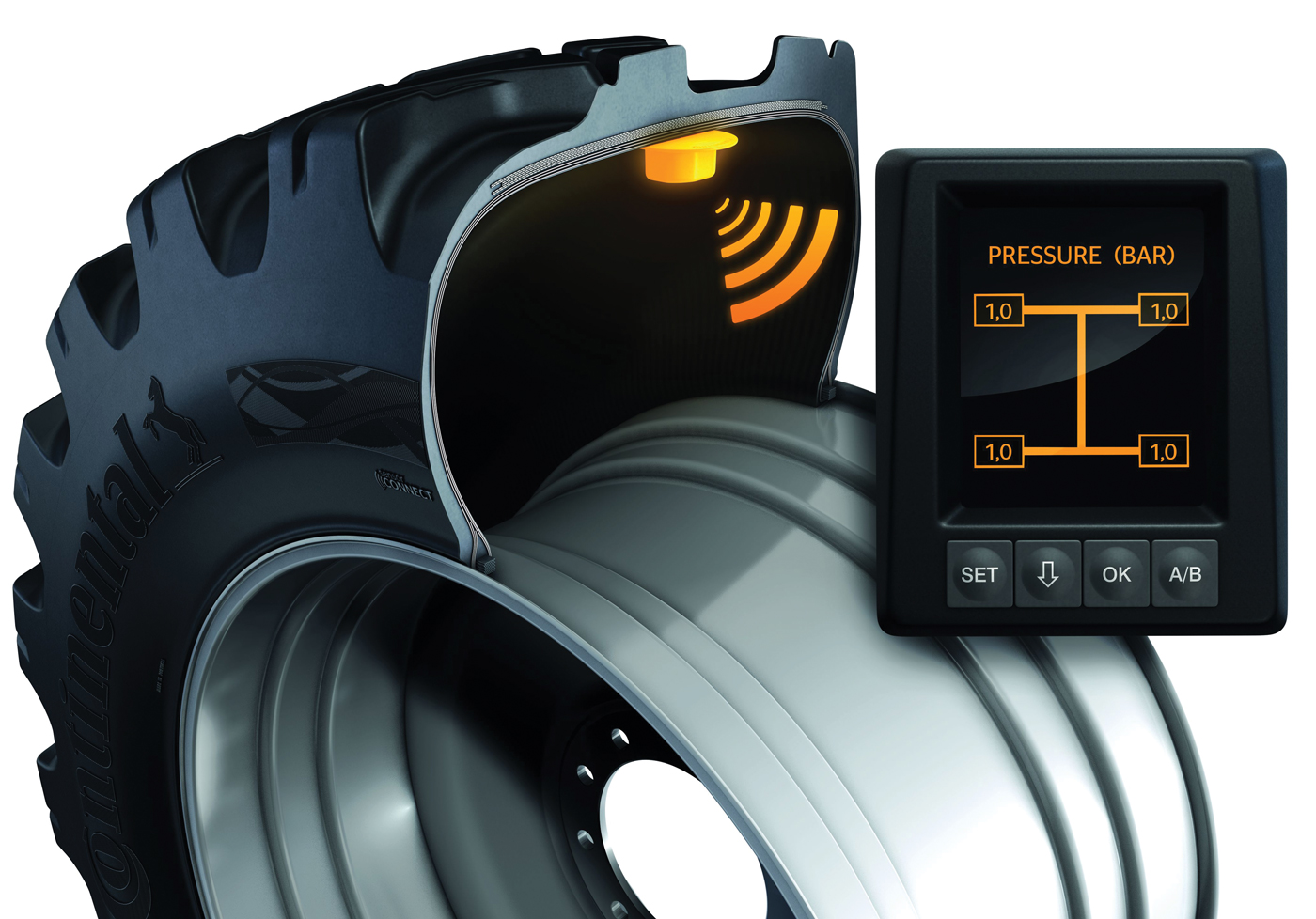Continental: a rich history in agricultural tyres
Continental: a rich history in agricultural tyres
Marking 150 years of tyre manufacturing in 2021, Continental is celebrating a proud heritage including the first pneumatic application for tractors. The company is also championing future-proofing technology that pushes the boundaries of performance and efficiency.
Continental began production in 1871 and, in 1928, was the first company in Europe to make a pneumatic tractor tyre. “In the beginning, Continental produced hoof buffers. These were shoes for horses that had a rubber coating to give more grip on wet or icy surfaces,” says Hans Dietrich, a customer service representative who has worked for Continental for over 50 years.
In the early decades of the twentieth century, many tractors ran on rubber-coated wheels. The introduction of low-pressure pneumatic tyres by Continental was the first step toward the radial tractor tyres used today. “The radial tyre, which now outsells the cross-ply tyre, is gentler on the ground, has a lower rolling resistance, and lasts longer,” Dietrich expands.
Below: The TractorMaster Hybrid tyre with ContiPressureCheck monitors heat and pressure build-up to provide data that can help reduce downtime and soil compaction.

In 1938, Continental launched the T4, becoming the first manufacturer in Germany to make a self-cleaning tyre with a new tread design. “For the first time the tread lugs were not connected, and this enhanced traction. The design integrated small bends and angles in the arrangement and design, in order to constantly improve the cleaning properties of the tyre,” he continues.
Continental has also integrated digital technology into agricultural tyres. ContiPressureCheckmonitors the heat build-up and pressure of the tyre, helping the operator to make adjustments that will reduce compaction and increase the life of the tyre. “In the future, sensors will not only monitor tyre pressure and temperature, but also detect the condition of the ground beneath the tyre. By monitoring the deformation of the tyre, the sensor will also be able to detect the tyre load,” explains Benjamin Hübner, product line manager for agricultural tyres.
Additional data, such as weather conditions and crop and farm material weights, will also be used to help more precisely determine the optimum running pressure. Once the data has been collated the tractor will be able to use an onboard air supply to constantly regulate tyre pressure depending on speed, load, and ground conditions. “This will further increase operational efficiencies, reduce compaction, and help farmers to increase yields and improve soil health,” says Hübner.
Published by
Focus on Transport
focusmagsa




